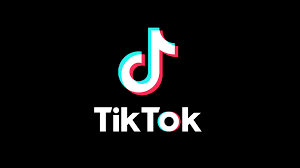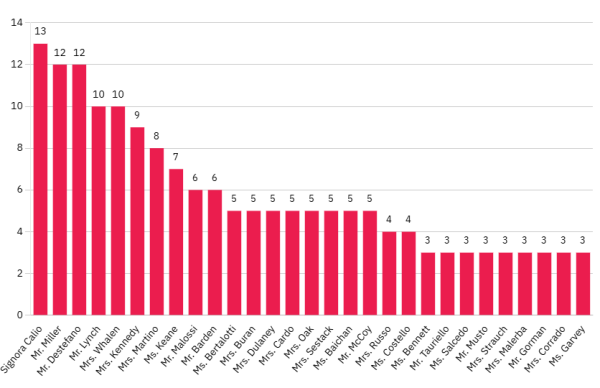The Truth about TikTok: Why You Should Stay Away

The social media app dedicated to making short videos has recently taken over the world. With its original release in September 2016, under the name Douyin, the app had approximately 100 million users in just one year. The company (ByteDance) wanted to expand internationally instead of only in China, so they launched TikTok in 2017. The company acquired its revival app, Musical.ly, in November 2017; the two apps finally merged in August of 2018. With the downfall of Musical.ly, TikTok quickly gained 1 billion downloads globally in 2019. Especially with the pandemic in 2020, TikTok became a center for viral content, including songs and trends.
In July 2020, the introduction of the Creator Fund made it possible for users to make money off of their videos via brand deals and number of views. It was an easy way for users to blow up and become famous. This is when people like Charli D’Amelio and Addison Rae first became well-known.
With its worldwide use, has anyone stopped to think about what makes this intriguing app so addicting? Why do people spend an average of 1.5 hours on TikTok a day?
Sarah Shokoor, features editor for The Eagle’s Cry, revealed that she spends approximately nine hours a week on TikTok. She said, “nine hours isn’t that long, we sleep for that long. I get a little caught up; it never feels like that long.”
The truth is, TikTok has a psychological effect on the brain. A key component to this is the “For You” page featuring videos specifically tailored to each person based on their recent user activity. This is aligned with reward based motivation. Since the videos are short, users continuously scroll without realizing how much time has passed them by. Every new video that catches your eye, provides you with a dopamine boost. Dopamine is a neurotransmitter that is responsible for you feeling pleasure, satisfaction, and motivation.
There are some videos on the “For You” page that won’t be appealing, so the person continues to scroll until they find one they enjoy watching. Psychologically, the effect is similar to gambling. There is a variable-ratio schedule system of reward based motivation. A user gets a dopamine boost from a few entertaining videos, then a lull with some unrelated videos; then another boost when new exciting videos are found. A variable ratio is the most resistant to extinction because a person doesn’t know how many responses they need to receive reinforcement, so they will continue to engage in the target behavior.
In 2021 there was a study on Douyin that examined neurological effects on college student’s brains in China. Brain scans of the students showed that using the app regularly displayed addiction-like responses. Some students also exhibited a lack of self control to stop watching the videos. The study concluded that watching personalized videos from an algorithm activates reward centers more than watching random videos that the viewer selected.
Emily Melman, news editor for The Eagle’s Cry said, “TikTok is very addictive, but I get many ideas from it like the news and sometimes it is fun trends.”
TikTok is how many teens spend most of their day, captivated by the specific algorithm and short videos without thinking about the negative neurological effects that comes with engulfing that much content a day.

Cassie Peters is a senior at Bethpage High school. This is her first year in writing for The Eagle’s Cry. She enjoys reading, listening to music, and...










